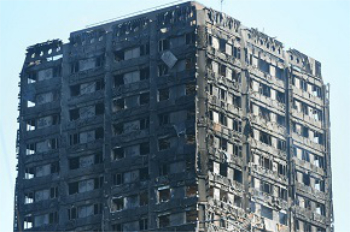Culpable delay in construction contracts
Construction contracts generally allow the construction period to be extended where there is a delay that is not the contractor's fault. This is described as an extension of time (EOT). The contractor may (but is not necessarily) also be entitled to claim for loss and expense associated with the delay.
Culpable delay (sometimes referred to as 'contractor delay') on the other hand is a delay that is entirely the fault of the contractor. Where the contractor is culpable for a delay, they have no entitlement to an extension of time or loss and expense.
Where there is a culpable delay, the period of time after the contractual date for completion has passed is referred to as the period of contractor culpable delay, and during this period, the contractor will be liable to pay liquidated and ascertained damages (LAD's) to the client.
Concurrent delay refers to the complex situation where more than one event occurs at the same time, but where not all of those events enable the contractor to claim an extension of time. For more information, see Concurrent delay.
In Carillion Construction Ltd. v Woods Bagot Europe Ltd. and others [2016], the Technology and Construction Court (TCC) held that a subcontractor who had caused a delay, was also entitled to an extension of time and that this should run contiguously from the contractual completion date. This meant that the subcontractor’s period of culpable delay was extinguished, and they were no longer liable for their own delay.
[edit] Related articles on Designing Buildings Wiki
Featured articles and news
ECA Blueprint for Electrification
The 'mosaic of interconnected challenges' and how to deliver the UK’s Transition to Clean Power.
Grenfell Tower Principal Contractor Award notice
Tower repair and maintenance contractor announced as demolition contractor.
Passivhaus social homes benefit from heat pump service
Sixteen new homes designed and built to achieve Passivhaus constructed in Dumfries & Galloway.
CABE Publishes Results of 2025 Building Control Survey
Concern over lack of understanding of how roles have changed since the introduction of the BSA 2022.
British Architectural Sculpture 1851-1951
A rich heritage of decorative and figurative sculpture. Book review.
A programme to tackle the lack of diversity.
Independent Building Control review panel
Five members of the newly established, Grenfell Tower Inquiry recommended, panel appointed.
Welsh Recharging Electrical Skills Charter progresses
ECA progressing on the ‘asks’ of the Recharging Electrical Skills Charter at the Senedd in Wales.
A brief history from 1890s to 2020s.
CIOB and CORBON combine forces
To elevate professional standards in Nigeria’s construction industry.
Amendment to the GB Energy Bill welcomed by ECA
Move prevents nationally-owned energy company from investing in solar panels produced by modern slavery.
Gregor Harvie argues that AI is state-sanctioned theft of IP.
Heat pumps, vehicle chargers and heating appliances must be sold with smart functionality.
Experimental AI housing target help for councils
Experimental AI could help councils meet housing targets by digitising records.
New-style degrees set for reformed ARB accreditation
Following the ARB Tomorrow's Architects competency outcomes for Architects.
BSRIA Occupant Wellbeing survey BOW
Occupant satisfaction and wellbeing tool inc. physical environment, indoor facilities, functionality and accessibility.






















